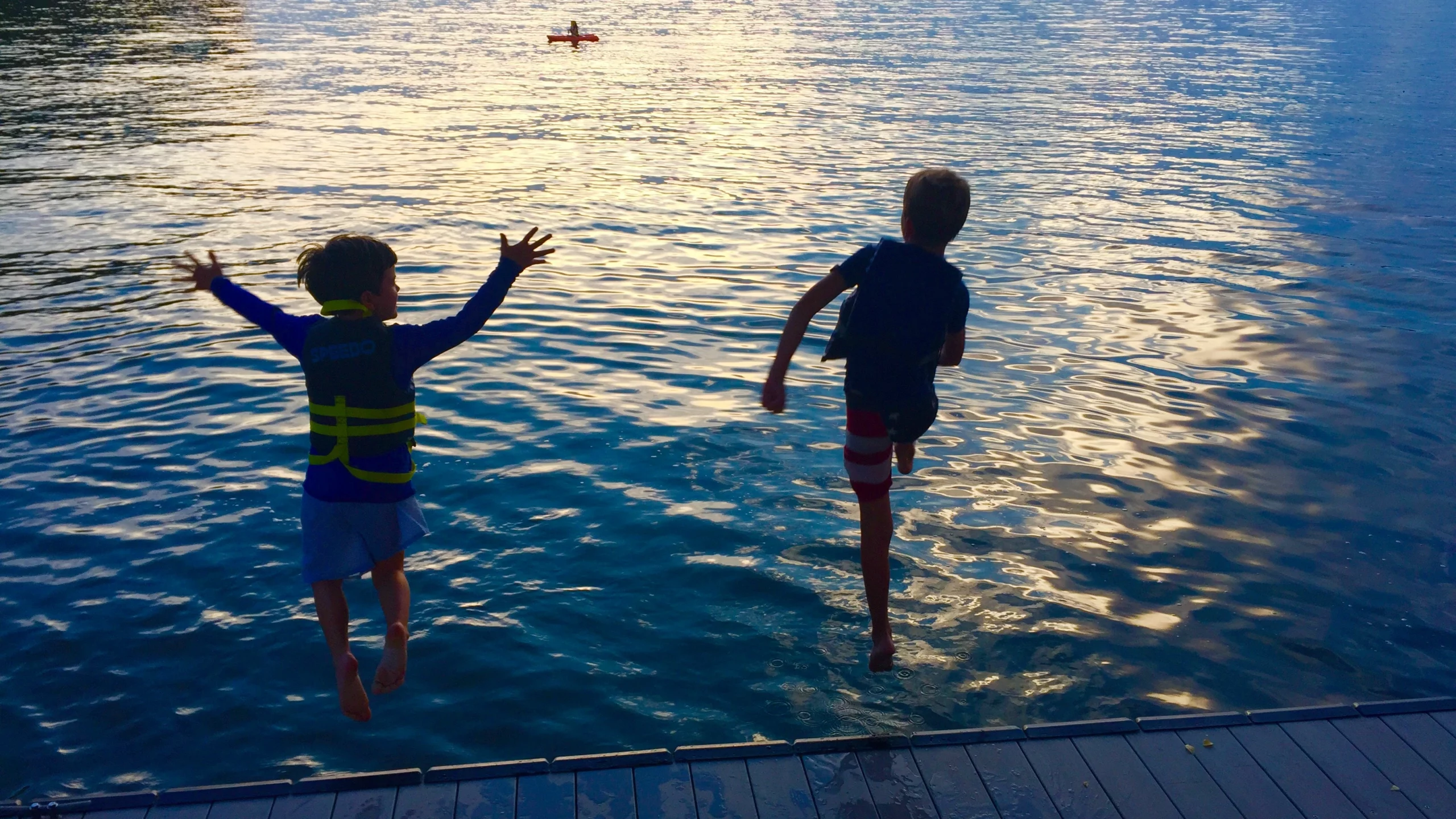I have finally given up.
Maybe “given in” is a better way to say it. It seems that riding bikes, building forts, running barefoot down the street, and afternoons outside with the neighborhood kids are officially a thing of the past.
Everywhere.
Maybe there’s a place where children will sled together one day a year when it snows, but that’s because there’s one hill available, and they have to share. Maybe there’s a lemonade stand that pops up on the first warm spring day (Like that’s when we need icy lemonade! The real money is in a late July stand, people!), but then it gets hot, and the bought air feels so good. Maybe parents organize a Christmas caroling night. It’s heaven on earth for a couple of hours, but then the holidays get busy, and people lose touch.

Image by Candace Echols
If you are a child and you read my column, first, please go tell your teacher and see if they will give you extra credit points on something. (Surely!) Second, next time you sit down at the table with your family, read this part out loud. Ask your parents to answer these questions the way they would have when they were your age. If you really want to get crazy, invite your grandparents too! Give it a try:
- What time of day is your favorite time to be outside?
- Which season is the best where you live? What makes it the best?
- Describe the perfect afternoon.
- Who is your best friend in your neighborhood?
- What is your favorite thing to do with that friend?
- If you have kids someday (I know, I know. It seems weird, but I’m just saying if…), what one thing do you hope they do when they are your age that you get to do now?
- Who is your mom’s closest friend in the neighborhood? How do you know that?
- What about your dad’s? And how do you know that?
- If you could have any new outdoor toy/activity/piece of equipment, what would it be and why?
- How many times per week would you say you ride your bike?
There’s a danger in living with a “good ole days” mentality, because—truth be told—it wasn’t all roses. Running around barefoot meant splinters and scuffed toes. It meant hot pavement and blisters. Riding bikes meant wrecks. Best friends meant arguments. Outdoor toys meant skinned knees. Spring meant bees, summer meant sunburn, fall meant bonfire risks, and winter meant frozen noses.

Image by Candace Echols
But all of this discomfort—sometimes even pain—was worth something. It thickened the skin, and without thick skin, you won’t make it through life. You can’t stay precious too long. There’s a beauty in the fact that kids of the past were readied for adulthood by living as children first.
In his article, “How Children Lost the Right to Roam in Four Generations,” British writer David Derbyshire notes that George Thomas, the great-grandfather of the family interviewed, was allowed to roam up to six miles from home as an 8-year old in the early 1920s. His son, Jack, was 8 in 1950, and Jack was allowed to roam about a mile from home to the woods close by. Jack’s daughter, Vicky, was 8 in 1979 and she stayed within her neighborhood. Her son, Edward, 8 years old at the time of writing, rarely leaves the yard of his suburban home without adult supervision. Time, traffic, and fear of abduction all contribute to the restricted childhood little Edward lives.
“Stress levels fall within minutes of seeing green spaces…Even filling a home with flowers and plants can improve concentration and lower stress,” says Derbyshire. Shockingly, as I write this piece from a position of passion when it comes to getting us all outside, my knee-jerk response to that comment was, “Oh! Good! I’ll get some new plants for the kitchen!” Bringing more green into the A/C is my default instead of intentionally hustling my people into the Great Outdoors.
I grieve the loss of childhood as it existed in the ’80s and ’90s, and yet the eras before mine seemed even more enchanting. My mom went on midnight bike rides with her family to the Frayser donut shop. My dad played basketball in his driveway for hours, deep into the night, with his house being home base for all of his friends to gather. My grandfather and his five brothers worked on a farm, and you can’t make up the stories they lived. If one of them got in trouble, they all got in trouble. This developed an all-for-one-and-one-for-all mentality that bonded them for life.

Image by Candace Echols
It’s worth it to keep talking about how we can get children outside more often—really, how we can get everybody outside more often. We are meant to move freely in the fresh air and explore God’s green earth with all our strength, so we can see how big we are. We are meant to live under a wide open sky that turns black at night, full of twinkling stars, so we can see how small we are. It doesn’t matter how much money we have, or where we live. It doesn’t matter if we are introverts or extroverts, math minds or readers. It doesn’t matter if we like early mornings or late nights. Just an hour or two outside rights all sorts of wrongs, for both children and adults. The Great Outdoors has that remarkable power, and it’s available to everyone.
Everywhere.
Candace Echols is a Midtown resident, wife, and mother of five. She has written for StoryBoard’s Page One Writing Workshops, and writes in quiet moments from her yellow chair. Candace recently published her first book, the children’s book Josephine and the Quarantine.

